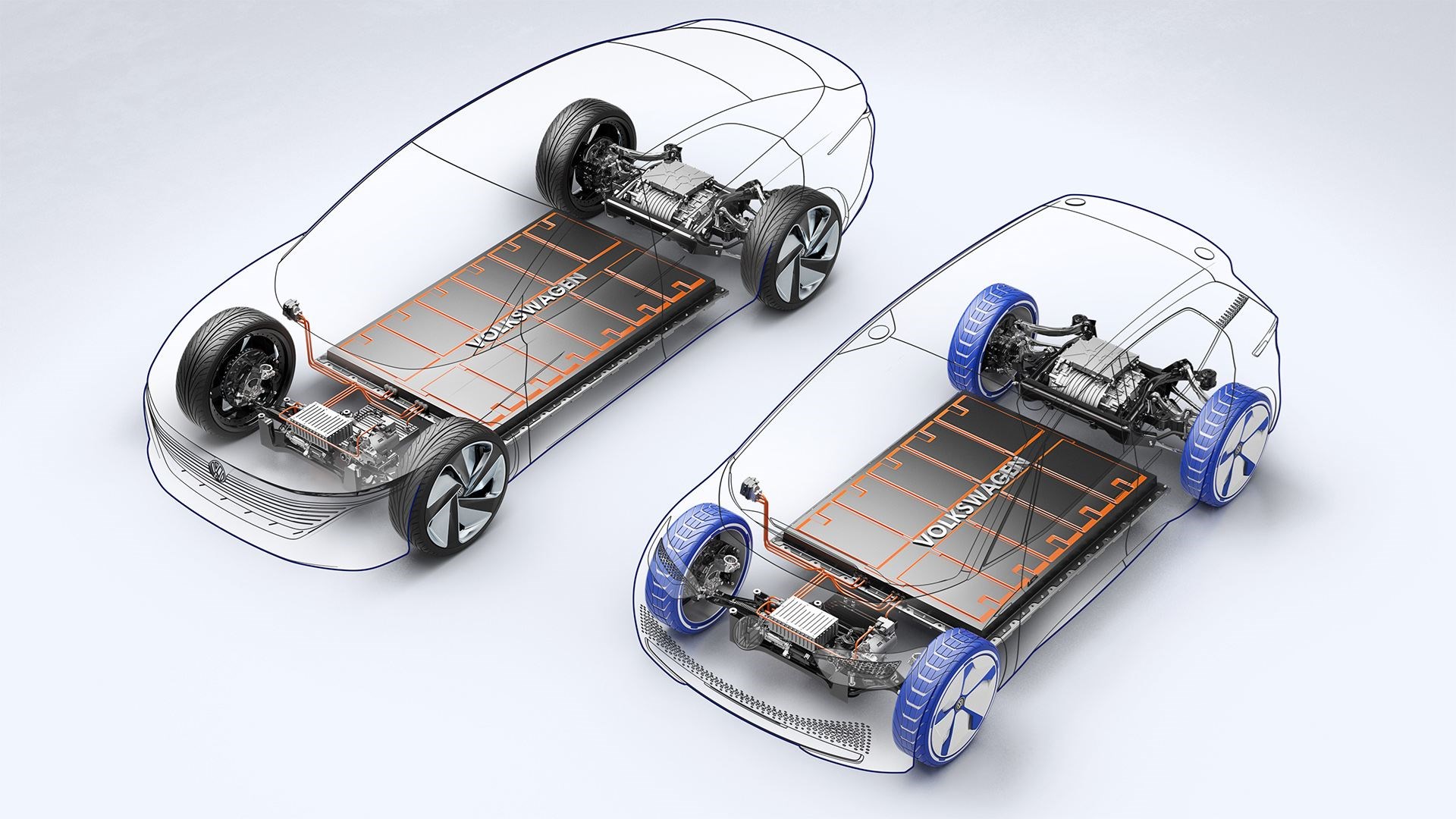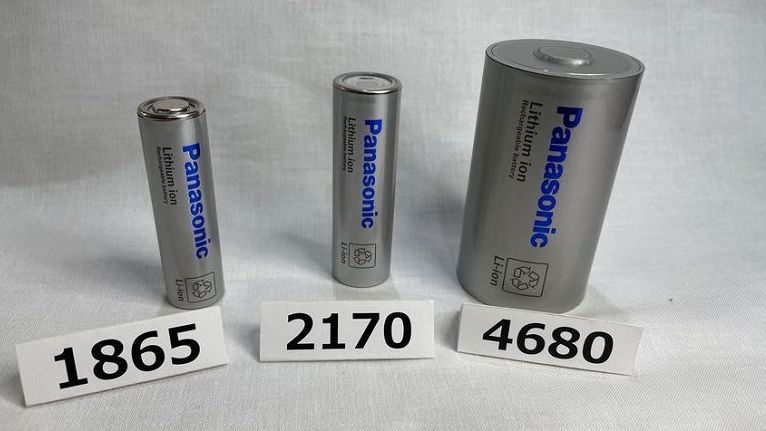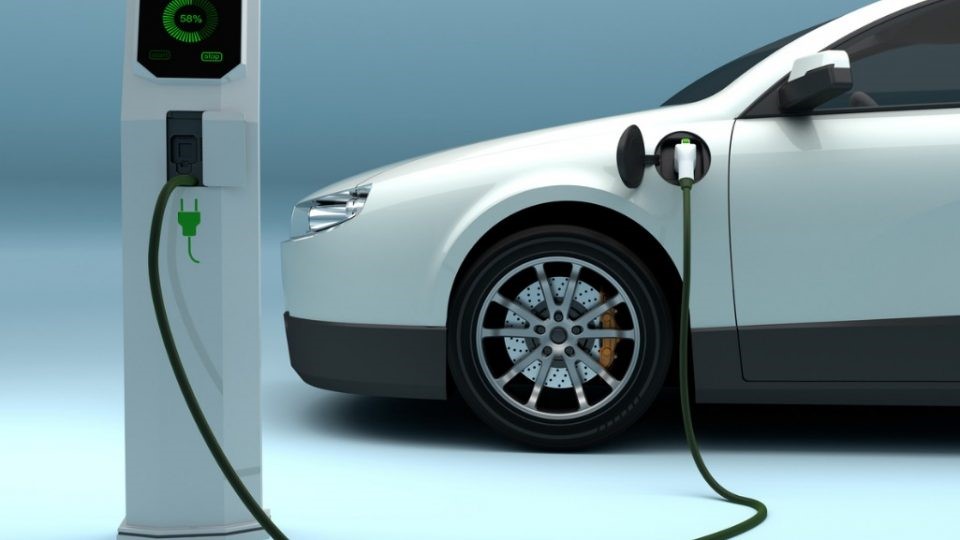Electric Vehicle (EV) batteries have shown significant improvements in durability and longevity over the years, debunking common misconceptions about their lifespan. Here are some key points highlighting the longevity and endurance of EV batteries:

-
Advancements in Battery Technology:
- Ongoing advancements in battery technology have led to the development of more robust and long-lasting battery chemistries, such as lithium-ion batteries with improved energy density, cycle life, and durability.
-
Extended Warranty Coverage:
- Many EV manufacturers provide extended warranties specifically for the battery packs, typically ranging from 8 years/100,000 miles to 10 years/150,000 miles. This warranty coverage underscores the confidence in the longevity and reliability of EV batteries.
-
Maintenance and Management:
- Proper battery management systems (BMS) in EVs help optimize battery performance, prevent overcharging, maintain ideal operating temperatures, and ensure balanced cell health, thus prolonging battery life.
-
Degradation Mitigation:
- Battery manufacturers and EV companies have implemented strategies to mitigate degradation, such as improved thermal management systems, smart charging algorithms, and software updates to enhance battery longevity.
-
Real-World Data:
- Real-world data and studies have shown that EV batteries can retain a significant portion of their original capacity even after many years of use. Reports indicate that EV batteries typically degrade at a relatively slow rate, allowing them to remain functional for a long time.
-
Second-Life Applications:
- Even after reaching the end of their useful life in EVs, batteries can be repurposed for secondary applications like energy storage systems, grid stabilization, or recycling, extending their overall utility and sustainability.
-
Recycling and Sustainability:
- The increasing focus on battery recycling and sustainable manufacturing practices within the EV industry demonstrates a commitment to maximizing the lifespan of EV batteries and minimizing environmental impact.
-
User Testimonials:
- Many EV owners and fleet operators have shared positive experiences regarding the longevity and reliability of their EV batteries, attesting to their durability and long-term performance.
Given these factors, the prevailing notion that EV batteries have a short lifespan is outdated. With ongoing technological advancements, effective battery management strategies, and a focus on sustainability, EV batteries are proving to be more durable and long-lasting than previously believed, contributing to the growing adoption and acceptance of electric vehicles as a viable transportation option.
How Are Batteries For Electric Vehicles Constructed?

Batteries for electric vehicles (EVs) are typically constructed using lithium-ion battery technology due to their high energy density, efficiency, and performance characteristics. Here is a general overview of how batteries for electric vehicles are constructed:
-
Battery Cells: The basic building blocks of an EV battery pack are individual battery cells. These cells are where the electrochemical reactions take place to store and release electrical energy. Lithium-ion battery cells are commonly used in EVs due to their high energy density and reliability.
-
Battery Chemistries: Lithium-ion batteries used in EVs can have different chemistries, such as lithium nickel cobalt aluminum oxide (NCA), lithium nickel manganese cobalt oxide (NMC), lithium iron phosphate (LFP), or lithium manganese oxide (LMO). Each chemistry has its own characteristics in terms of performance, energy density, and cost.
-
Battery Modules: Battery cells are usually grouped together into modules. These modules typically contain several individual cells connected in series and parallel configurations to achieve the desired voltage and capacity for the EV battery pack.
-
Battery Management System (BMS): A BMS is a crucial component in EV batteries. It monitors and controls the charging and discharging of the battery pack, ensuring the cells are operating within safe parameters, preventing overcharging or deep discharging, and balancing the charge across different cells to optimize performance and longevity.
-
Battery Pack Assembly: Multiple modules are then combined to form the complete battery pack that powers the electric vehicle. The battery pack includes cooling systems to manage temperature and maintain optimal operating conditions for the cells to maximize performance and longevity.
-
Packaging and Enclosure: The battery pack is usually enclosed in a protective housing made of materials that provide mechanical support, thermal insulation, and protection against environmental factors. The enclosure design also includes safety features to prevent thermal runaway or damage in case of a malfunction.
-
Connection to the Vehicle: The completed battery pack is connected to the vehicle's power electronics system, which controls the flow of electricity from the battery to the drive motor and other electrical components in the vehicle.
-
Integration with Vehicle Systems: The battery management system communicates with the vehicle's onboard computer to provide information on battery status, optimize energy usage, manage regenerative braking, and ensure overall vehicle performance and efficiency.
Overall, the construction of EV batteries involves a complex interplay of various components and systems to deliver a reliable and high-performance power source for electric vehicles, contributing to their efficiency, range, and sustainability.
EV Battery vs. Phone Battery
Electric vehicle (EV) batteries and phone batteries serve different purposes and are designed with distinct specifications to meet the demands of their respective applications. Here are some key differences between EV batteries and phone batteries:
1. Energy Capacity:
- EV Battery: Electric vehicle batteries are much larger and have significantly higher energy capacities compared to phone batteries. EV batteries need to store a large amount of energy to power the vehicle and provide substantial driving range.
- Phone Battery: Phone batteries are smaller and have lower energy capacities, optimized for powering a mobile device for a day or two without the need for frequent recharging.
2. Chemistry and Technology:
- EV Battery: Electric vehicle batteries typically use variations of lithium-ion battery technology with high-energy densities and endurance. Common chemistries include lithium nickel cobalt aluminum oxide (NCA), lithium nickel manganese cobalt oxide (NMC), and lithium iron phosphate (LFP).
- Phone Battery: Phone batteries also mostly rely on lithium-ion technology but may use different chemistries optimized for smaller devices, such as lithium polymer (Li-Po) batteries, which are thinner and can be molded into various shapes.
3. Cycle Life and Durability:
- EV Battery: Electric vehicle batteries are designed for longevity, with a focus on high cycle life and durability to withstand frequent charging and discharging cycles over many years of use.
- Phone Battery: Phone batteries are optimized for consumer electronics usage patterns and may not last as long as EV batteries in terms of cycle life. They are typically designed to meet the needs of a smartphone's lifecycle, which may be replaced more frequently than an electric vehicle.
4. Size and Form Factor:
- EV Battery: EV batteries are large and heavy, consisting of multiple modules or cells assembled into a pack that fits within the vehicle's chassis or underbody to provide power for propulsion.
- Phone Battery: Phone batteries are small and compact, tailored to fit the form factor of a smartphone or mobile device, often integrated into the device's design to maximize space efficiency.
5. Charging Infrastructure:
- EV Battery: Electric vehicles require specialized charging infrastructure, such as high-power charging stations, to recharge their larger batteries quickly. Fast-charging capabilities are essential to support long-distance travel and reduce charging times.
- Phone Battery: Phone batteries can be charged using standard wall chargers, wireless chargers, or portable power banks, offering flexibility and convenience for everyday charging needs.
While both EV batteries and phone batteries share similarities in terms of underlying technology, they are customized to meet the unique requirements of electric vehicles and smartphones, respectively. EV batteries focus on long-range driving, durability, and high performance, while phone batteries prioritize compactness, portability, and convenience for mobile device users.

Factors Affecting EV Rechargeable Battery Life
The lifespan and performance of rechargeable batteries in electric vehicles (EVs) can be influenced by various factors. Understanding these factors is essential for optimizing battery life and ensuring long-term durability. Here are some key factors that can affect the rechargeable battery life in EVs:
-
Depth of Discharge (DoD):
- How deeply the battery is discharged during each charge cycle can impact its longevity. Regularly deep discharging the battery can lead to increased stress and faster degradation. Avoiding deep discharge cycles can help prolong battery life.
-
Temperature:
- Operating the battery at extreme temperatures, whether too hot or too cold, can negatively impact its performance and lifespan. High temperatures can accelerate degradation, while cold temperatures can reduce battery efficiency and capacity.
-
Charging Practices:
- Overcharging or fast charging the battery frequently can contribute to accelerated degradation. Following manufacturer recommendations for charging practices, avoiding frequent deep discharges, and using appropriate charging equipment are crucial for maintaining battery health.
-
Charging Infrastructure:
- The quality and compatibility of the charging infrastructure used to recharge EV batteries can affect battery performance. Fast chargers, for instance, may generate more heat during charging, impacting battery temperature and longevity.
-
Cycling:
- The number of charge-discharge cycles a battery undergoes can impact its overall lifespan. Lithium-ion batteries used in EVs have a finite number of cycles before they start to degrade, so minimizing the frequency of deep cycles can help extend battery life.
-
State of Health (SoH) Monitoring:
- Monitoring the state of health of the battery regularly can help track its performance, capacity, and degradation over time. This information can guide maintenance practices and help optimize battery life.
-
Battery Management System (BMS):
- The effectiveness of the battery management system in regulating charging, discharging, temperature, and state of charge can significantly influence battery life. A well-designed BMS can help optimize battery performance and protect it from adverse conditions.
-
Manufacturing Quality:
- The quality of the battery components, assembly process, and manufacturing standards can impact the durability and reliability of the battery. High-quality batteries are likely to have better longevity and performance.
-
Age and Usage Patterns:
- As batteries age, their capacity and performance naturally degrade. The usage patterns of the EV, including driving habits, charging frequency, and maintenance practices, can also affect battery life.
-
Environmental Conditions:
- Operating and storing the EV in harsh environmental conditions, such as high humidity or exposure to extreme temperatures, can impact battery life. Providing proper ventilation and protection can help mitigate these effects.
By considering these factors and implementing best practices in battery management, EV owners can help prolong the life of their rechargeable batteries, optimize performance, and maximize the overall efficiency of their electric vehicles.
How Long Do EV Rechargeable Batteries Typically Last?
The lifespan of EV rechargeable batteries can vary based on several factors, including the battery chemistry, usage patterns, environmental conditions, and maintenance practices. Here are some general insights into the typical lifespan of EV rechargeable batteries:
-
Battery Warranty Period:
- Most EV manufacturers offer battery warranties that typically range from 8 years/100,000 miles to 10 years/150,000 miles, ensuring that the battery retains a certain level of capacity during that time.
-
Cycling and Depth of Discharge:
- The number of charge-discharge cycles and the depth of discharge can impact battery lifespan. Lithium-ion batteries used in EVs can typically withstand hundreds to over a thousand cycles before significant capacity degradation occurs.
-
Battery Chemistry:
- Different battery chemistries have varying lifespans. For example, lithium-ion batteries commonly used in EVs can last anywhere from 8 to 15 years or more, depending on the specific chemistry and how well they are maintained.
-
Usage Patterns:
- Intense usage patterns, such as frequent fast charging, deep discharges, or constant exposure to extreme temperatures, can accelerate battery degradation. However, maintaining moderate charging practices and avoiding extreme conditions can help prolong battery life.
-
Maintenance and Care:
- Regular maintenance, such as keeping the battery within optimal temperature ranges, avoiding prolonged storage at full charge, and following manufacturer guidelines for charging practices, can help extend battery life.
-
Environmental Factors:
- Operating the vehicle in extreme temperatures or harsh environmental conditions can affect battery performance and longevity. Providing adequate ventilation and protecting the battery from temperature extremes can help preserve its health.
-
State of Health (SoH):
- Monitoring the State of Health (SoH) of the battery, which reflects its current condition and capacity compared to when it was new, can provide insights into its remaining lifespan.
-
Second-Life Applications:
- After being retired from use in EVs, batteries can often be repurposed for secondary applications, such as energy storage systems, extending their useful life.
Overall, while the exact lifespan of EV rechargeable batteries can vary, most modern EV batteries are designed to last for many years. With proper care, maintenance, and adherence to best charging practices, EV owners can optimize battery life and ensure that their electric vehicles continue to perform efficiently over an extended period.



